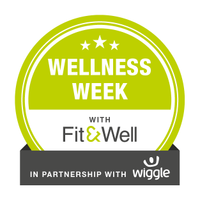
Yoga vs Pilates – surely they're much the same? Not exactly, both have numerous health benefits and practising a combination of both can make you stronger and more supple. But if you had to choose just one exercise class, which is best? Here's our T3 guide to help you decide between yoga and Pilates.
The main differences between yoga and Pilates are the breathing, the end goal and the language used in classes. Let's take a closer look at both techniques, before you decide which exercise class to try first.
- Get comfy with one of the best yoga mats for yoga and Pilates
- Then discover some of the best yoga blocks
- And find out which are the best towels for yoga and Pilates
Yoga vs Pilates: Breathing techniques
Pilates and yoga do use exercises that appear to be the same but they are practised slightly differently, usually in terms of the breathing.
Pilates breathing technique: When you practise Pilates, you breathe in through your nose and out through your mouth. You practise something called thoracic or lateral breathing for stabilisation of the core muscles. This involves locking the core muscles and expanding the rib cage.
Yoga breathing technique: In yoga, you practise deep abdominal or three-part breath which uses the diaphragm.
Yoga vs Pilates: Goals
Yoga goals: Although yoga has recently become mainstream, it was once seen mainly as a spiritual activity. The traditional reason to practise yoga postures was to make the body supple to be able to sit comfortably for meditation.
Yoga helps to remove physical tension in your body so that you can work on removing the mental fluctuations of the mind through meditation. The end goal of yoga is to achieve spiritual awakening.
Sign up to the T3 newsletter for smarter living straight to your inbox
Get all the latest news, reviews, deals and buying guides on gorgeous tech, home and active products from the T3 experts
Pilates goals: Pilates also works on physical tension and aims to release it but for the purposes of strengthening your physical body.
Yoga vs Pilates: Different words
You will find that if you attend a yoga or Pilates class, the ‘shapes’ you practise are similar. However, the language used couldn’t be more different. Pilates uses the English language, whereas yoga uses Sanskrit, an ancient language from India. The words are simply worlds apart.
If you attend a yoga class and you recognise the ‘shapes’ from your Pilates class, don’t be confused if you suddenly can’t understand the words!
Does yoga or Pilates burn more calories?
Many of us take up a new exercise class as a way to lose weight and tone up. So which technique burns the most calories?
Yoga class: You should be able to burn 200-600 calories in an average yoga class. The exact amount depends on the style of yoga you are practising and your starting weight.
Pilates class: If your main goal is to lose weight, choose Pilates, as it is a tougher workout. The tougher the workout, the more weight you should lose.
As a rough guide, a person weighing 130lb will burn around 177 calories during an hour of beginner's Pilates and 354 calories at an advanced level, depending on how much effort is put into the class.
From these figures, it seems that yoga and Pilates burn roughly the same calories. However there’s evidence to suggest yoga slows your metabolism, reducing your basal metabolic rate (the energy spent on your body’s housekeeping functions such as breathing, heart rate etc).
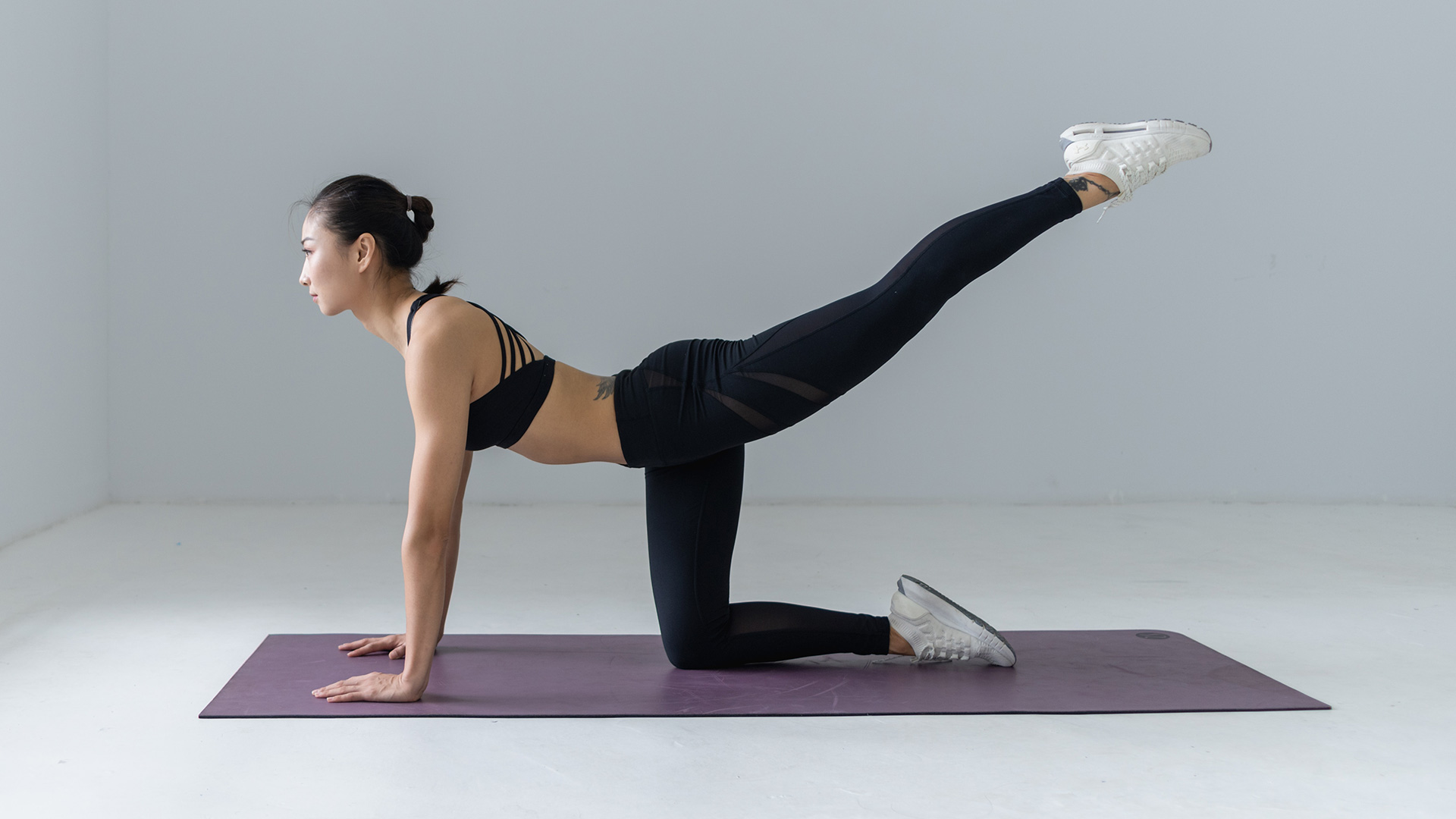
Pilates may help you lose weight faster than yoga
- Here's how to clean a yoga mat, once and for all
- Why you should try yoga
Does yoga help weight loss?
William J Broad, in his book The Science of Yoga, reveals studies that indicate a regular yoga session can cut the basal metabolic rate; in one case by an average of 13%. The research team of the study concluded that the physiological slowing of yoga in theory ‘creates a propensity for weight gain and fat deposition’. This is bad news for those who believe the common misconception that yoga can help you lose weight by speeding up your metabolism.
All is not lost, however, yoga offers more in terms of improving your lifestyle. Yoga can help you become more mindful and focus on living in the present. In that way, yoga can help to improve your eating habits and lead to an improved lifestyle overall.
Best for back pain: yoga or Pilates?
Pilates uses thoracic breathing and exercises to strengthen and bring flexibility to the deep abdominal and pelvic floor muscles that support the back. With this as the main focus, hands down, you would assume that Pilates is better for your back. After all, strength and flexibility are essential for any rehabilitation programme.
Yoga, however, can also improve back health and could be argued to be better for maintaining back health or avoiding injuries in the first place.
Yoga's focus on mindfulness also makes us more body aware, helping us to avoid injuries as we learn to understand how our body reacts to certain positions. We learn how to adapt positions to suit our abilities and we become more aware of the minutiae of our body.
In this way, yoga gives us more knowledge about our body, helping us to recognise when something is good or bad for us. In yoga, there are postures that target tight lower back muscles and build core strength to find the same spinal stability that Pilates works to achieve.
Yoga postures are designed to move the spine in all the ways it’s able to go. This alone can help maintain back health.
Just as Pilates works on the pelvic floor muscles, it’s not commonly known that yoga also does this. There are things known as Bandhas within yoga, one of which is to contract the pelvic floor muscles, known as Moola Bandha, while holding postures.
To sum up, both Pilates and yoga offer good benefits for your back. Pilates works on conditioning your muscles to get them to fire up as required, to support your back, while yoga allows you to explore your body mindfully and gently improve your strength and flexibility. In both, you learn alignment cues to help avoid bad postural habits.
Best for gaining flexibility, yoga or Pilates?
Yoga does aim to improve the flexibility of your muscles, while Pilates may achieve this as a side benefit of the exercises.
Pilates focuses more on relaxing tense muscles, so you can work on strengthening them. But the Pilates exercises do also lead to improved flexibility in the joints, your range of motion, and relief from stiff joints, even if this isn’t the primary goal.
Yoga is known to be a go-to for improving flexibility, because the main focus is to refine posture by making the body more limber, so we can sit for meditation. Yoga’s aim is to increase your feeling of comfort in your own body, helping you to move with ease. Yoga works by moving you through the range of motion available in your joints, while simultaneously increasing the flexibility of your muscles.
It’s important to remember that we can’t actually ‘lengthen’ or ‘shorten’ our muscles. They remain the same length but we can improve their ability to contract and expand further without the pain signals from the nervous system.
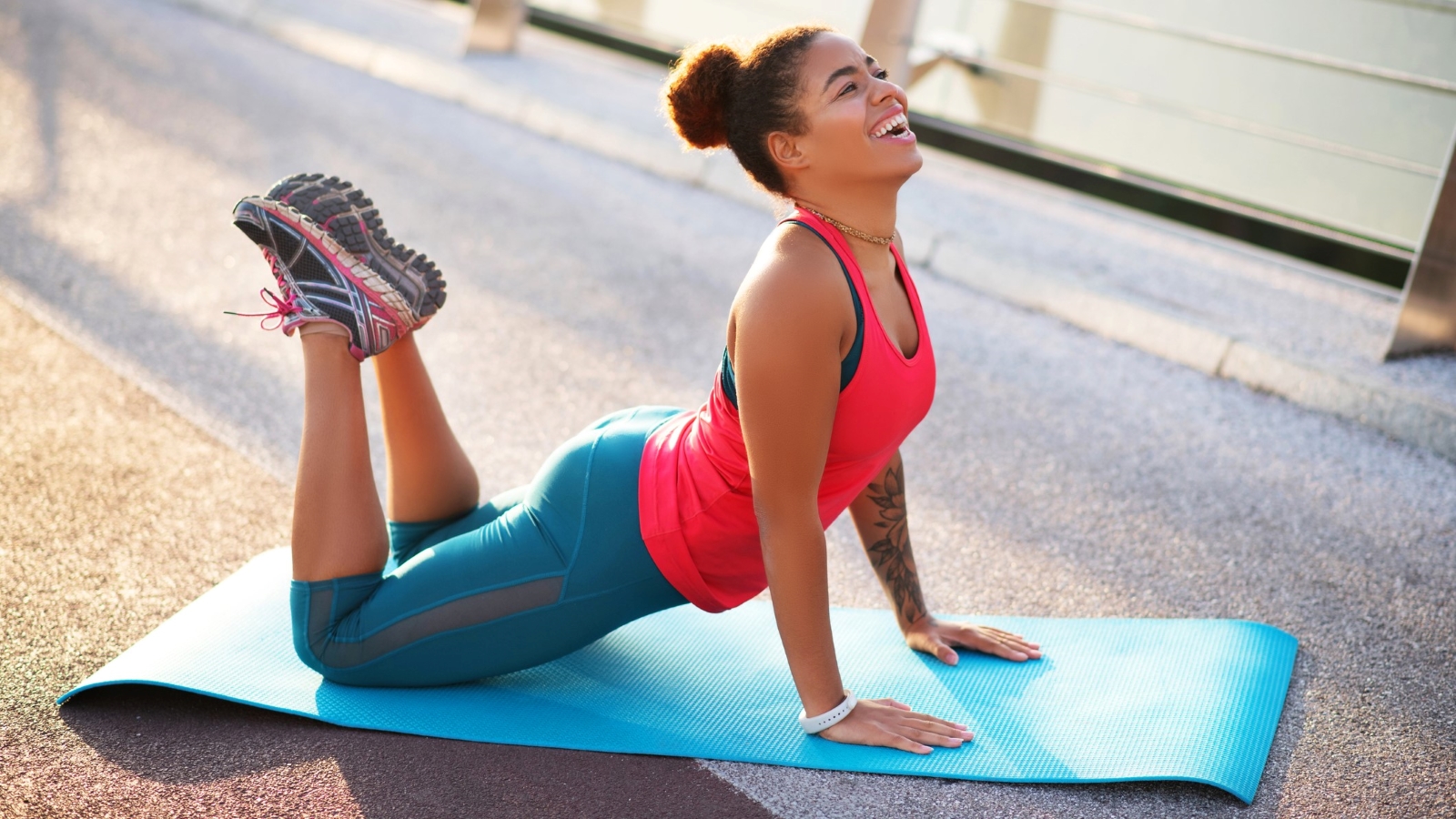
Is Pilates more difficult than yoga?
From personal experience, when I first tried Pilates in the past, I found it challenging in a different way to yoga. Pilates works from the centre of the body outward. You have to concentrate on body alignment and core engagement while doing each exercise in a slow and controlled manner. The exercises are practised in short sets such as 10 reps per set.
Yoga doesn’t ‘normally’ do things on a repetition basis. This is what sets it aside, among other things, from workouts like Pilates. This isn’t to say that yoga won’t make you sweat. You can challenge yourself with Vinyasa flow or Ashtanga.
With yoga, the level of difficulty depends on the style of yoga you choose to do. You might find Vinyasa Flow harder than a normal Hatha yoga class at first, but the greater speed doesn't necessarily relate to difficulty in the long run.
Yin Yoga can be a struggle for lots of people. In Yin Yoga, you hold postures between three to five minutes to access the fascia and deeper layers of connective tissue. It really depends on what you want to get out of your exercise regime.
So, which will you try first: yoga vs Pilates?
Want to become more mindful? Try yoga.
Looking to get a six pack? Go with Pilates.
Wellness Week on T3
Wellness Week is brought to you in association with our new sister site Fit&Well and Wiggle. A new standard for a new age of wellbeing, Fit&Well helps you live a better, healthier, happier and longer life. Check it out today at www.fitandwell.com and accelerate your wellness journey.
Kat has 10 years of yoga teaching experience with further training in supporting injured students. She is qualified to teach Yin Yoga, Hormone Yoga Therapy and more traditional forms of Hatha yoga. She also has a certificate as a Yoga Therapy Practitioner.
-
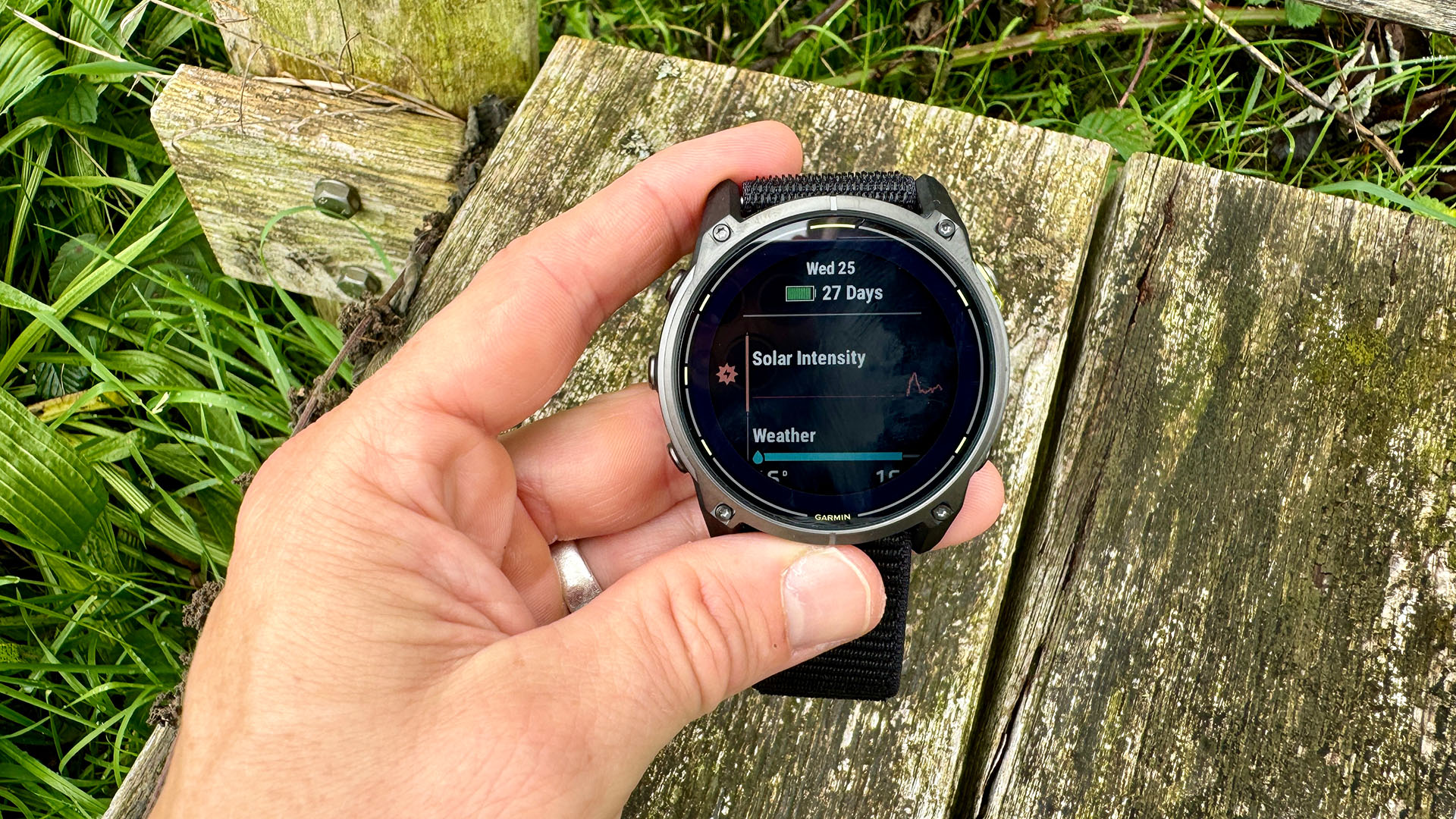 Garmin’s on a mission to update your wrist into oblivion as 100+ tweaks land on Fenix and Enduro watches
Garmin’s on a mission to update your wrist into oblivion as 100+ tweaks land on Fenix and Enduro watchesThe latest beta update looks comprehensive
By Matt Kollat Published
-
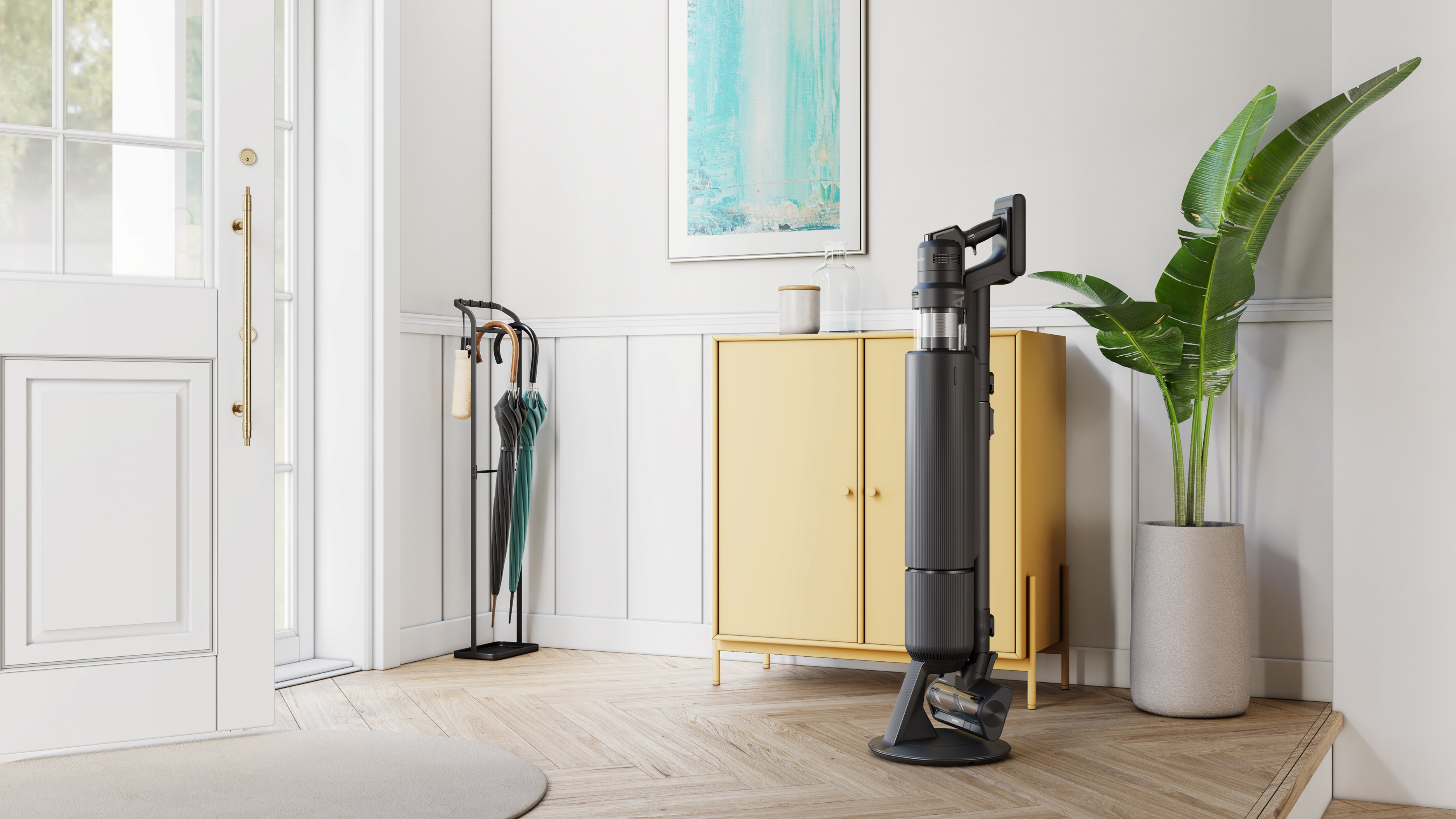 5 reasons you should be excited about the brand new Samsung Bespoke AI Jet Ultra
5 reasons you should be excited about the brand new Samsung Bespoke AI Jet UltraNot sure if it’s obvious... but I can't wait to try it
By Lizzie Wilmot Published
-
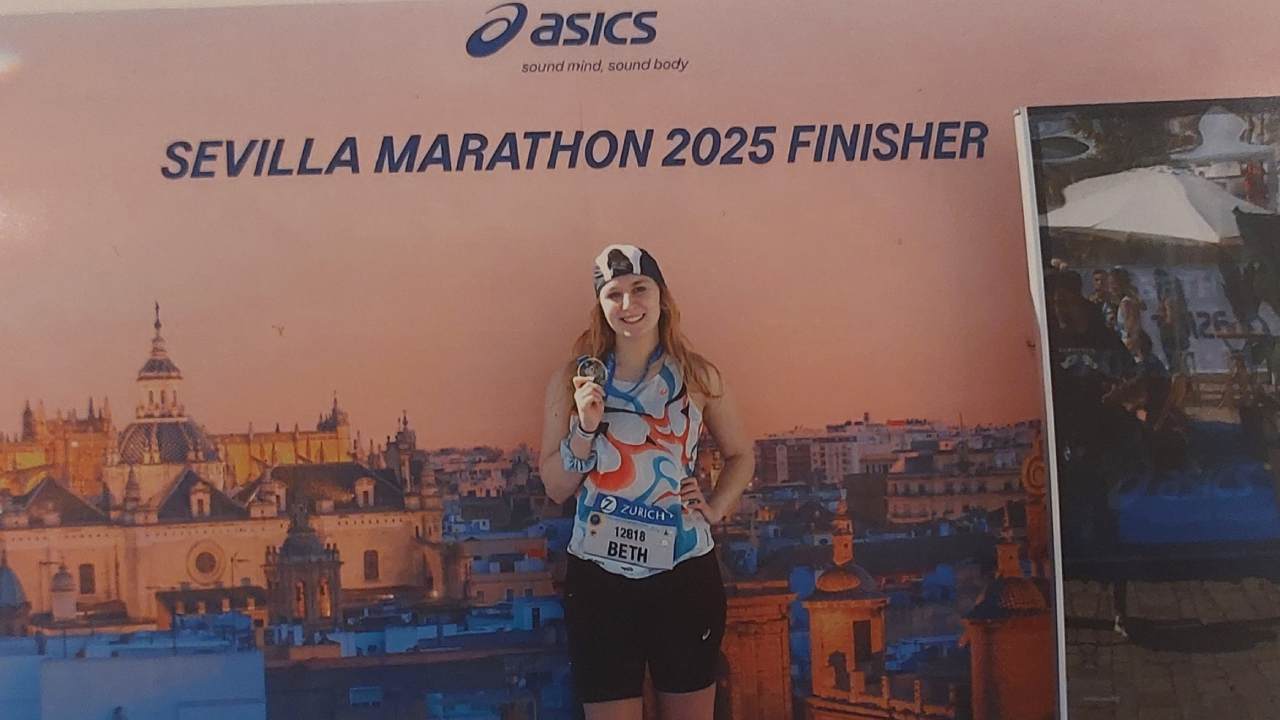 I ran the Seville marathon with ASICS – here’s 5 things I learnt from my first marathon
I ran the Seville marathon with ASICS – here’s 5 things I learnt from my first marathonEverything I learnt from my first marathon
By Bethan Girdler-Maslen Published
-
 This AI food diary app can tell you the nutritional content of your food – with just one photo
This AI food diary app can tell you the nutritional content of your food – with just one photoOh, and it's free to use!
By Lizzie Wilmot Published
-
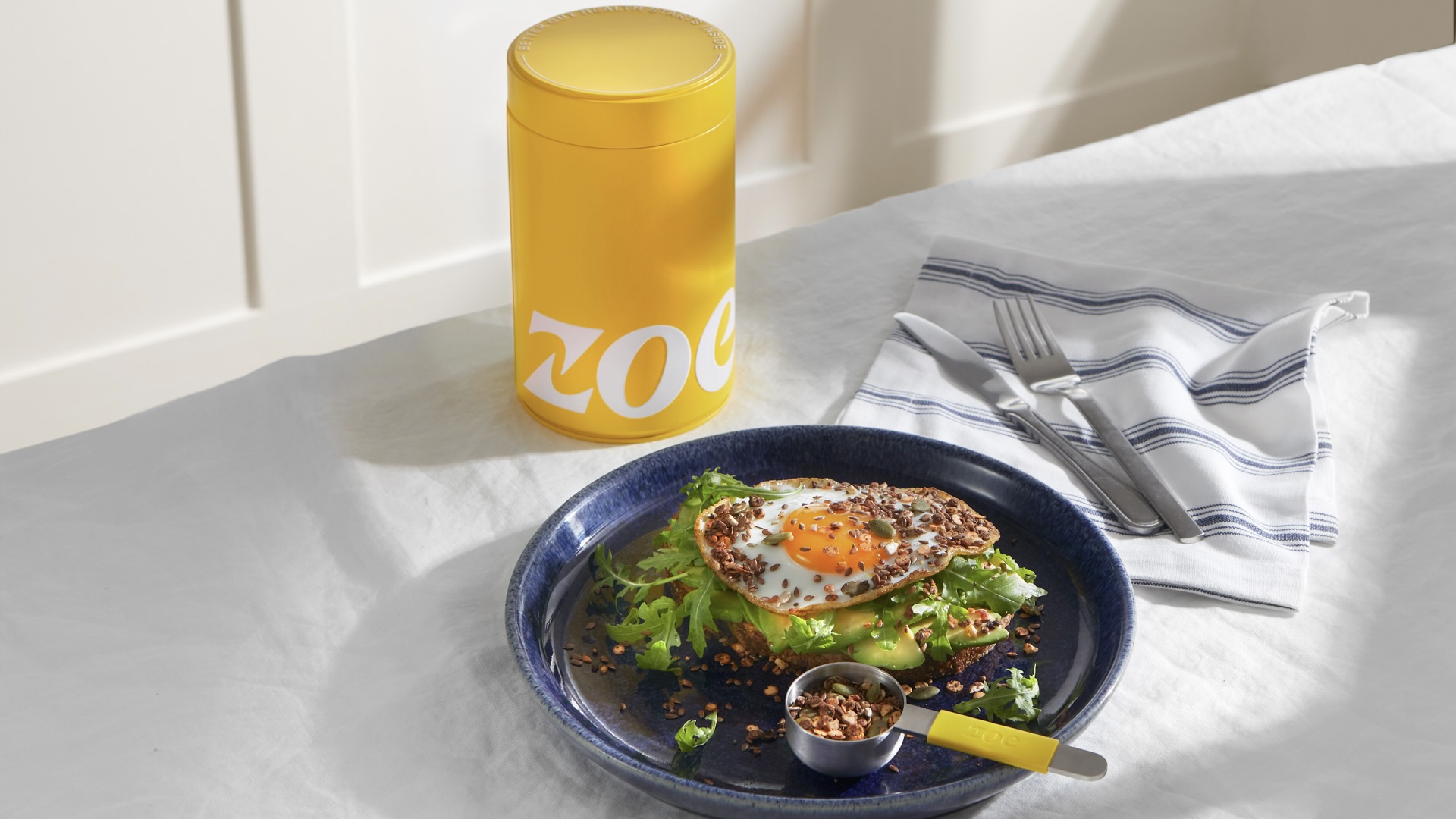 Zoe launches first own-brand supplement on the back of successful nutrition programme
Zoe launches first own-brand supplement on the back of successful nutrition programmeDaily30+ will be available online and in select Waitrose stores later in July
By Lizzie Wilmot Published
-
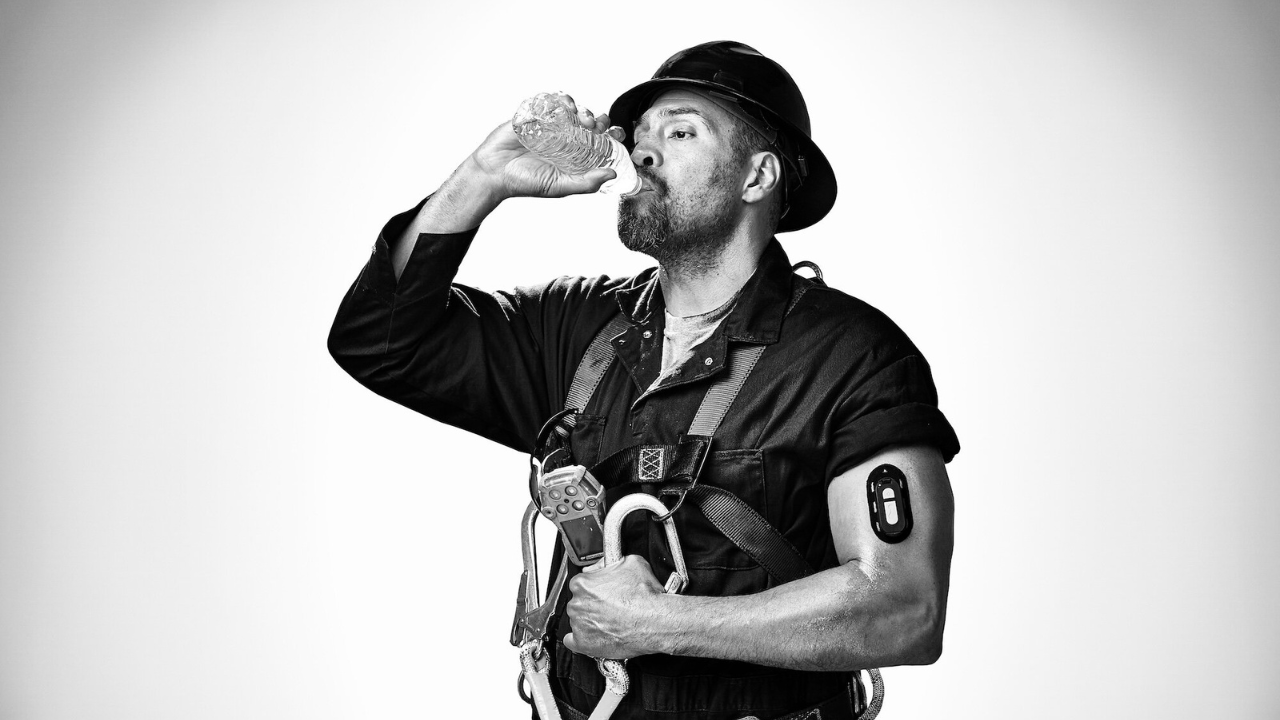 This new wearable monitors your hydration levels and will remind you to drink water
This new wearable monitors your hydration levels and will remind you to drink waterThe world's first real-time hydration monitoring wearable is here
By Lizzie Wilmot Published
-
 I tried the Zoe nutrition programme – it told me exactly what I was doing wrong
I tried the Zoe nutrition programme – it told me exactly what I was doing wrongIf you haven't heard of the Zoe programme, where have you been?
By Lizzie Wilmot Published
-
 Manduka PRO yoga mat review: luxurious, eco-conscious but could have better grip
Manduka PRO yoga mat review: luxurious, eco-conscious but could have better gripA luxurious top-end yoga mat that's almost perfect, apart from its grip... here's T3's Manduka PRO yoga mat review
By Kat Bayly Published
-
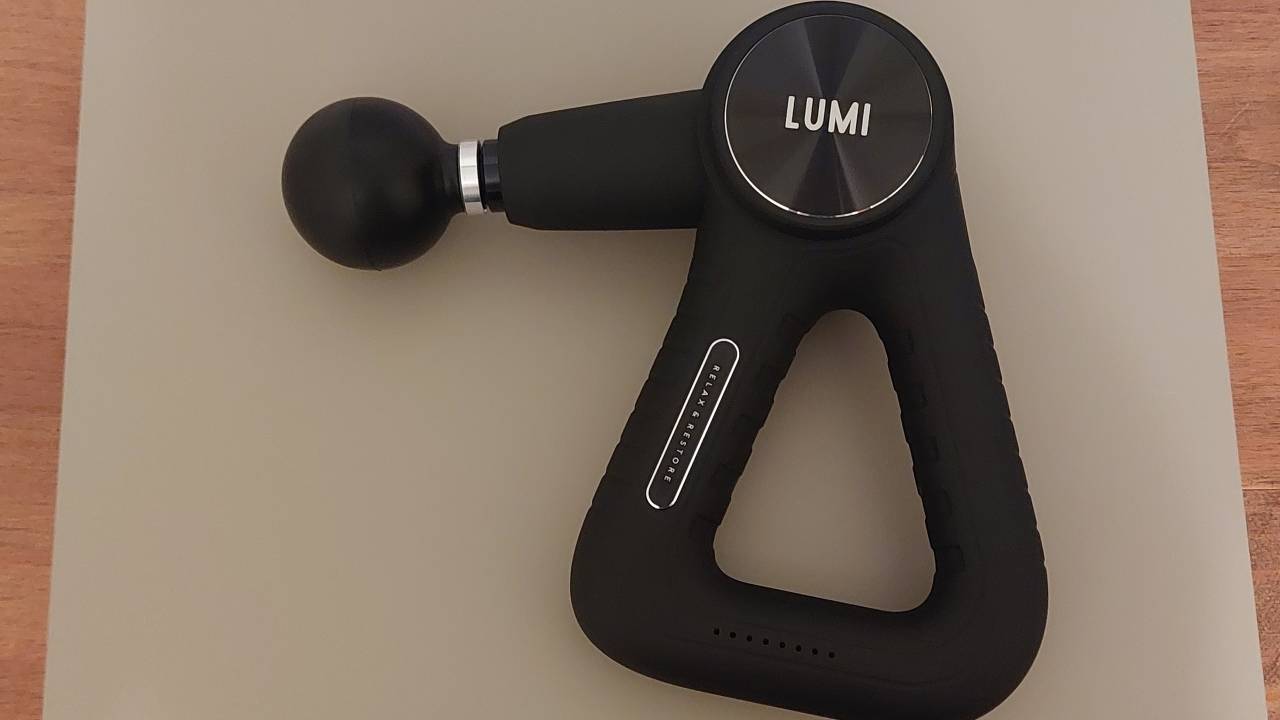 Lumi Therapy powerPRO Massage Gun review: relieves sore muscles in an instant
Lumi Therapy powerPRO Massage Gun review: relieves sore muscles in an instantYour muscles will never feel sore again with the Lumi powerPRO… if you can manage to hold it!
By Bethan Girdler-Maslen Published
-
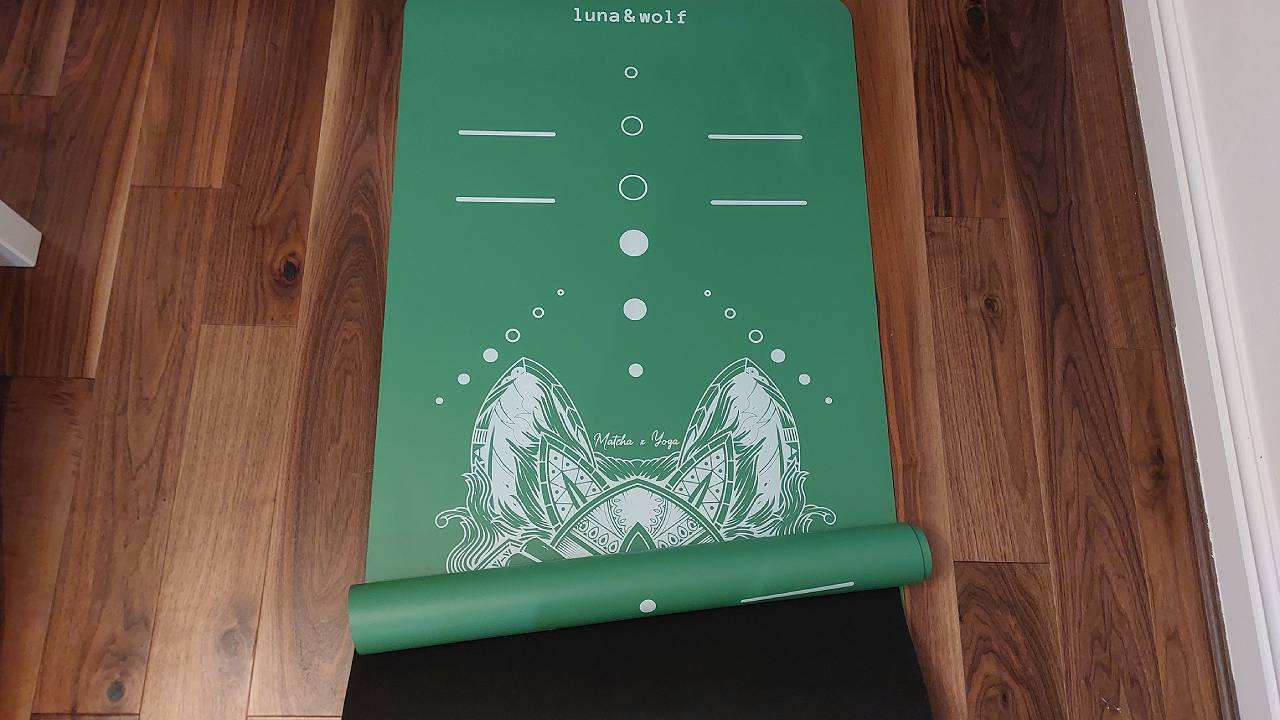 Lumi Therapy Eco Wolf Yoga Mat review: natural, cushioning and sturdy
Lumi Therapy Eco Wolf Yoga Mat review: natural, cushioning and sturdyThe more you sweat, the more the Lumi Therapy Eco Wolf Yoga Mat grips
By Bethan Girdler-Maslen Published
